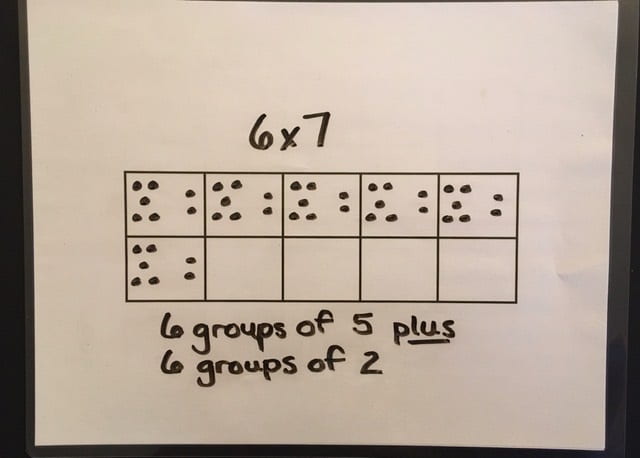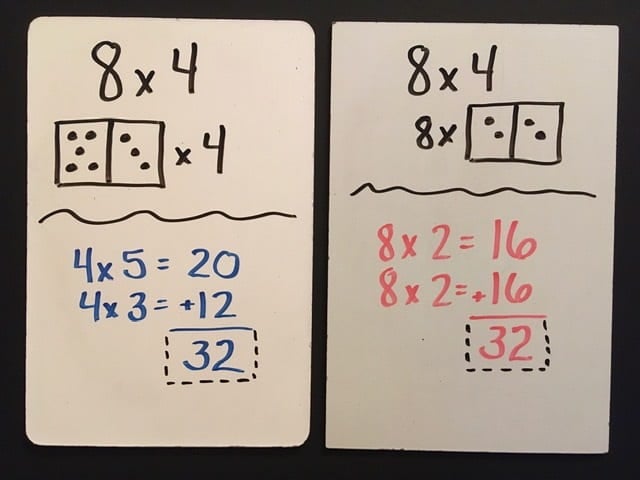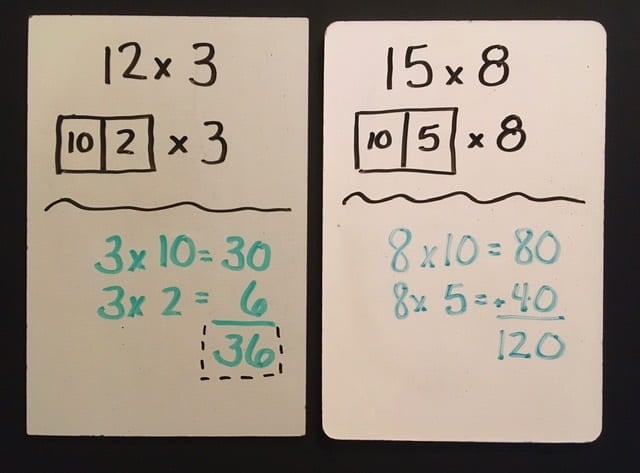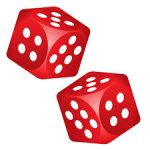by C. Elkins, OK Math and Reading Lady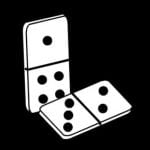
If you teach 3rd and above, I am positive you have students who have not memorized their multiplication facts. So what do they do to try to get the answer? From my experience, most students seem to know that repeated addition, drawing equal groups or arrays, and skip counting are strategies to try. I do believe those are very helpful for students to conceptualize what multiplication is all about. But here is what is frustrating:
Let’s say the problem is 6 x 7:
- Do they write 7 + 7 + 7 + 7 + 7 + 7 and then add each part at a time? Or a little better, do they add 7 + 7 three times?

- Do they draw a picture such as 6 circles with 7 items inside each one? The main difficulty with this is most students using this method count each object one at a time, making this a counting practice, not multiplication practice.

- Do they draw an array? If so, do they correctly line up the rows and columns? Do they count each item in the array one at a time? Or do they group some together (which is a little better because they are at least thinking of equal groups)?
- Do they skip count by fingers or write the sequence on paper? And what happens then? They may start off okay with 7, 14, 21 and then repeatedly count 7 fingers to get to the next number (21 + 7 = 28, then 28 + 7 = 35, then 35 + 7 = 42, etc.).

With all of these strategies, students can get the correct answer, but they are often not really even using multiplication. Their method is often counting the objects in each group one at a time. And when skip counting, if just one number is missed in the sequence then the total is obviously off. In addition, students often spend so much time with each of these that they get frustrated and give up.
In previous posts, I mentioned different ways for students to skip count while focusing on the patterns numbers make (Click HERE) and ways to use arrays to break it down into smaller equal groups (Click HERE). So those methods are a little more productive toward using multiplication than the above. Today, though, I will steer you toward a unique strategy which does the following:
- Allows students to use readily known facts (especially the 5s and 2s)
- Adds a pictorial component which builds on subitizing, number sense, and decomposing of numbers
- Applies the distributive property so students are using multiplication and addition together
The strategy modeled here is based on facts students already know. This is likely to be different among your students. Some will say they are great with their 4s or 3s. But most students I work with are proficient with their 5s and 2s (and can skip count quickly and accurately if they haven’t memorized these). So a lot of the problems shown will focus on use of 5s and/or 2s.
Again, let’s look at 6 x 7. The student doesn’t know their 6’s and doesn’t know their 7’s. So we will decompose 6 or 7 to include a group of 5’s, which is known (I’ll show both ways).
- Decompose 6: Six is made up of a group of 5 and a group of 1. This is a pictorial method to build on subitizing using a dot pattern to show 5 and 1 (similar to a domino piece).
- See how the connection to the familiar ten frame can illustrate 7 x 6 (7 groups of 6) in this manner.
- Condense this concept to this representation which shows 7 x 5 plus 7 x 1 (35 + 7 = 42)
To see 7 decomposed instead of 6: Seven is made up of a group of 5 and a group of 2.
- See what this looks like on a ten frame to illustrate 6 x 7 (6 groups of 7):
- Condense to the “domino piece.” This shows 6 x 5 plus 6 x 2 (30 + 12 = 42):
Click on this link Multiplication Strategy pictorial CE for a FREE copy of the pictures above and below which are used in this post (for easy reference later). Here are a few more examples. Some use 5s and 2s, while others will show other combinations using 3s or 4s. The use of dots instead of numbers inside the “domino” is suggested to keep it a little more pictorial and less abstract. Plus, it builds on knowledge of subitizing (which is recognizing quantity without physically counting). Numbers alone can certainly be used, but the quantity of numbers might frustrate some students.
Practice activity:
- Use a set of dominoes and digit cards 1-9. Turn over 1 domino and 1 digit card. Write the problem and then the decomposed version. See photo for example. Click on this link Digit cards 0-9 for a FREE copy of the digit cards.
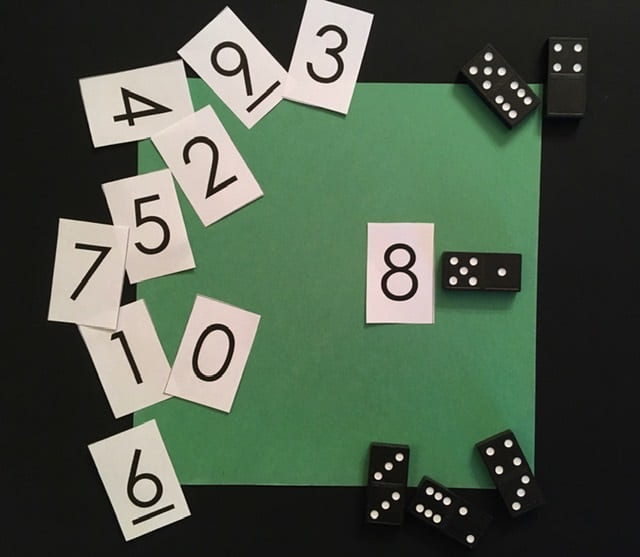 I’d love to hear if you are able to try this with your students. Let me know if it helps. I have worked with a couple of classes so far with this and they have loved it. It opened a lot of eyes!!
I’d love to hear if you are able to try this with your students. Let me know if it helps. I have worked with a couple of classes so far with this and they have loved it. It opened a lot of eyes!!
Have a great week!
C. Elkins, OK Math and Reading Lady


